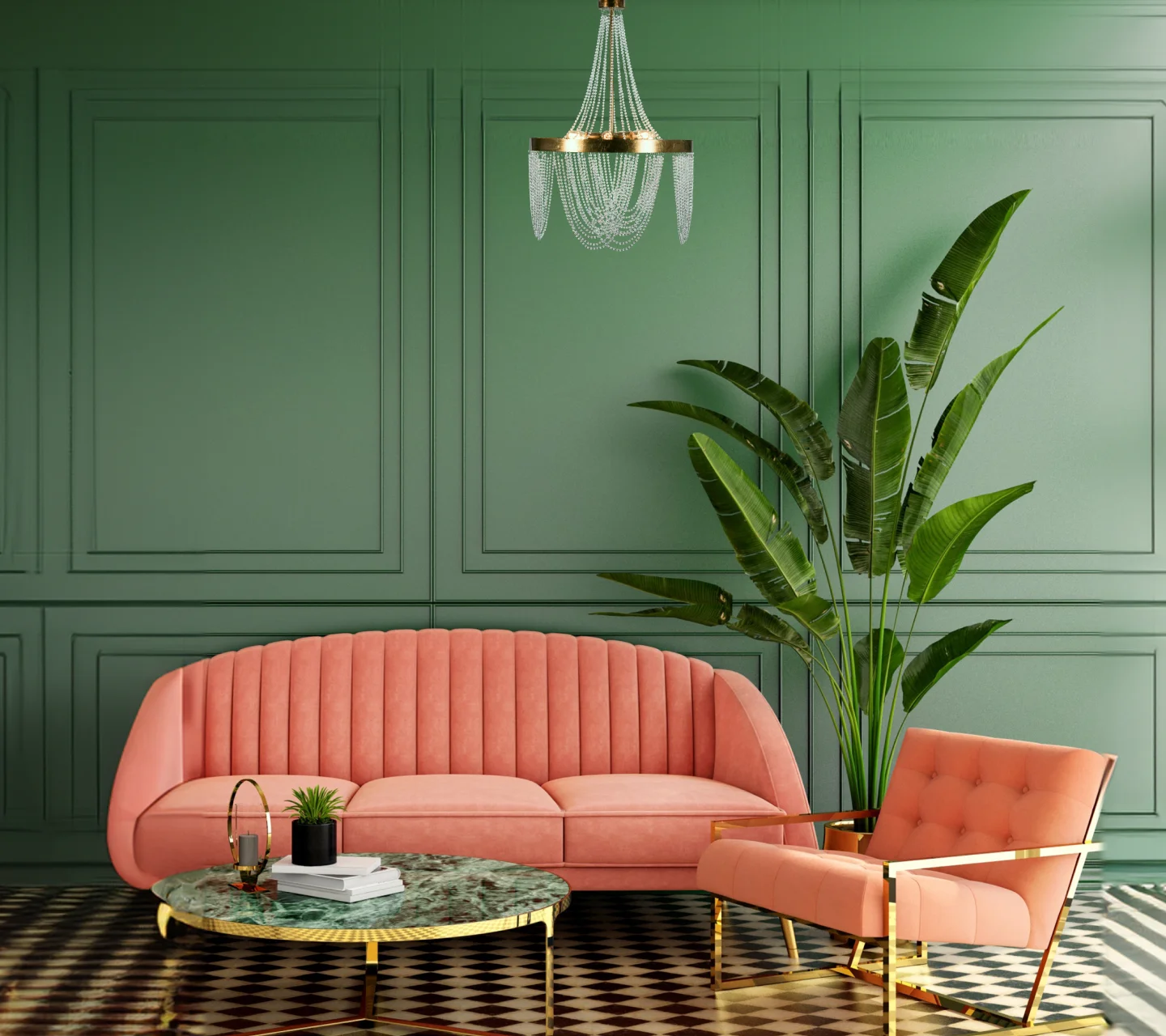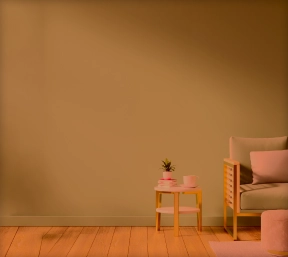TRENDING
Home Painting
Painting contractors
The Ultimate Guide to Wall Preparation Before Painting
Painting Preparation Tips, Techniques & More
When it comes to home painting, the secret to a flawless finish lies in meticulous wall preparation. Whether you're a DIY enthusiast or a seasoned painting contractor, understanding the importance of wall preparation before painting can significantly enhance the quality and longevity of your paint job. Preparing your walls properly ensures that the paint adheres better, looks smoother, and lasts longer, saving you time and money in the long run.
Why is Wall Preparation Before Painting Necessary?
Wall preparation before painting is a crucial step that should never be overlooked. When you prepare walls for repainting, you create a clean, smooth surface that allows the paint to adhere more effectively. This not only enhances the aesthetic appeal of the painted walls but also improves their durability. Neglecting the painting walls preparation process can lead to issues such as uneven finishes, peeling paint, and a shorter lifespan of the paint job.
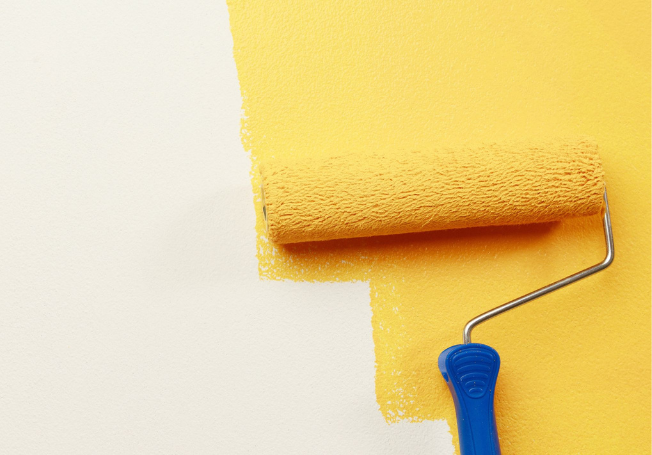
Step-by-Step Guide to Wall Preparation Before Painting
Preparing painted walls for painting can seem daunting, but with the right steps, it can be a straightforward and rewarding process. Follow this step-by-step guide to prepare walls for repainting and achieve professional results:
1. Clean the Walls:
Start by removing any dirt, dust, and grease from the walls. Use a mild detergent mixed with water and a sponge to wipe down the walls. For tougher stains, a mixture of vinegar and water can be effective.

2. Repair Damages:
Inspect the walls for any cracks, holes, or dents. Use a spackle or filler to repair these imperfections. Once the filler is dry, sand it down to create a smooth surface.
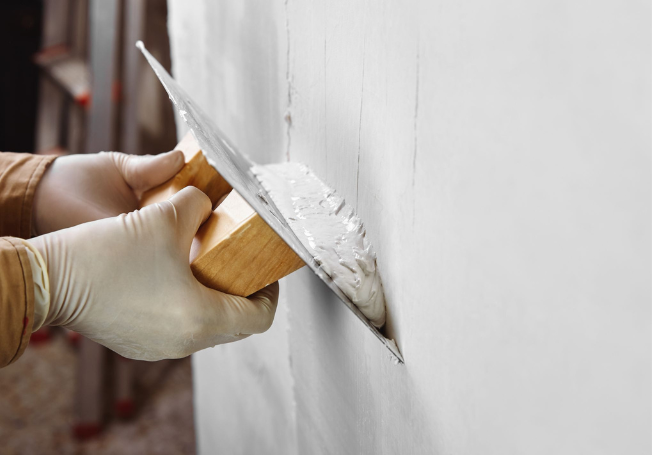
3. Sand the Walls:
Sanding is a vital step in the best way to prep walls for painting. It helps to smooth out any rough spots and provides a slightly abrasive surface for the paint to adhere to. Use fine-grit sandpaper for this task.
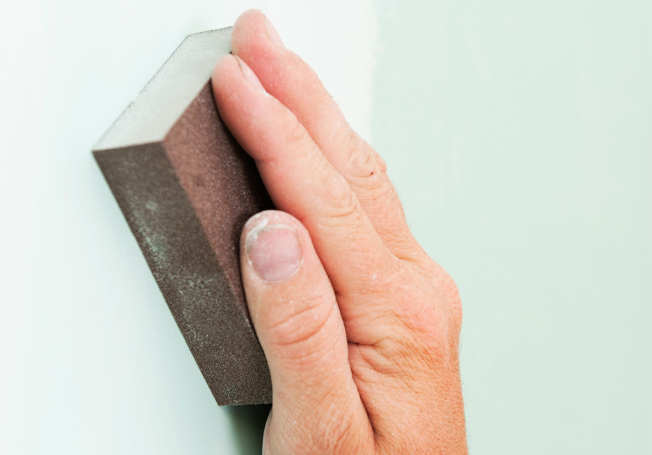
4. Prime the Walls:
Applying a primer is essential, especially if you're painting over a dark colour or a porous surface. Primer helps to seal the wall and provides a uniform base for the paint, ensuring better coverage and adhesion.
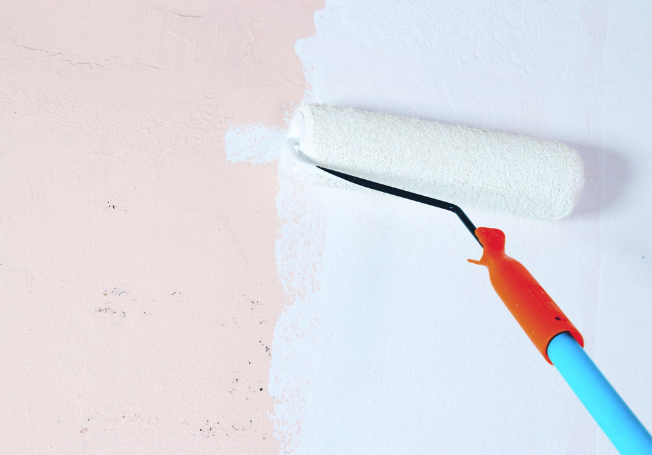
5. Protect Surrounding Areas:
Cover the floor, furniture, and any fixtures with drop cloths or plastic sheets. Use painter's tape to mask off edges and trim to prevent any paint splatters.
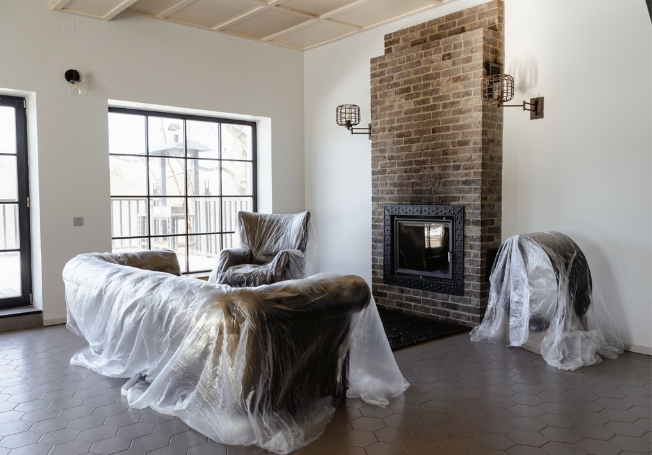
Frequently Asked Questions on Painting Walls Preparation
1. Why is it necessary to prepare a room before painting?
Prepping a room for painting is essential because it ensures that your walls are clean, smooth, and ready to receive paint. When preparing walls for repainting, you remove any obstacles that could interfere with the paint’s adhesion, such as dirt, grease, or old peeling paint. Proper preparation also helps to prevent any imperfections in the final finish, ensuring a professional-looking result.
2. Why should I remove the furniture from the room when I can simply cover it?
While covering furniture can protect it from paint splatters, removing it entirely is often the better option when preparing a house for painting the interior. This approach provides you with more space to work and reduces the risk of accidentally damaging or staining your furniture. It also makes it easier to move around the room and ensures that you can reach all areas of the walls without obstruction.
3. Do I need to sand the wall before painting?
Yes, sanding the wall before painting is one of the best ways to prep walls for painting. Sanding helps to smooth out any rough spots and creates a slightly abrasive surface that allows the paint to adhere better. It also helps to remove any old, flaking paint and prepares the wall for a fresh coat, ensuring a smoother and more even finish.
4. Is it okay to paint over the wallpaper?
Painting over wallpaper is generally not recommended. When preparing interior walls for painting, it's best to remove the wallpaper entirely. Painting over wallpaper can lead to peeling and bubbling, as the moisture from the paint can loosen the wallpaper adhesive. Additionally, any seams or textures in the wallpaper will likely show through the paint, resulting in an uneven finish.
How Can Asian Paints Help You With Home Painting?
Asian Paints offers a wide range of home painting services and products to help you achieve the perfect finish. Our expert contractors are equipped with the skills and painting tools necessary to ensure your walls are impeccably prepared and beautifully painted. Visit your nearest Asian Paints store to explore our comprehensive selection of paints and painting accessories, or schedule a consultation with our professional services for a hassle-free painting experience.
LIKE THIS ARTICLE
Give us a thumbs up!

TEXTURE FINISH








